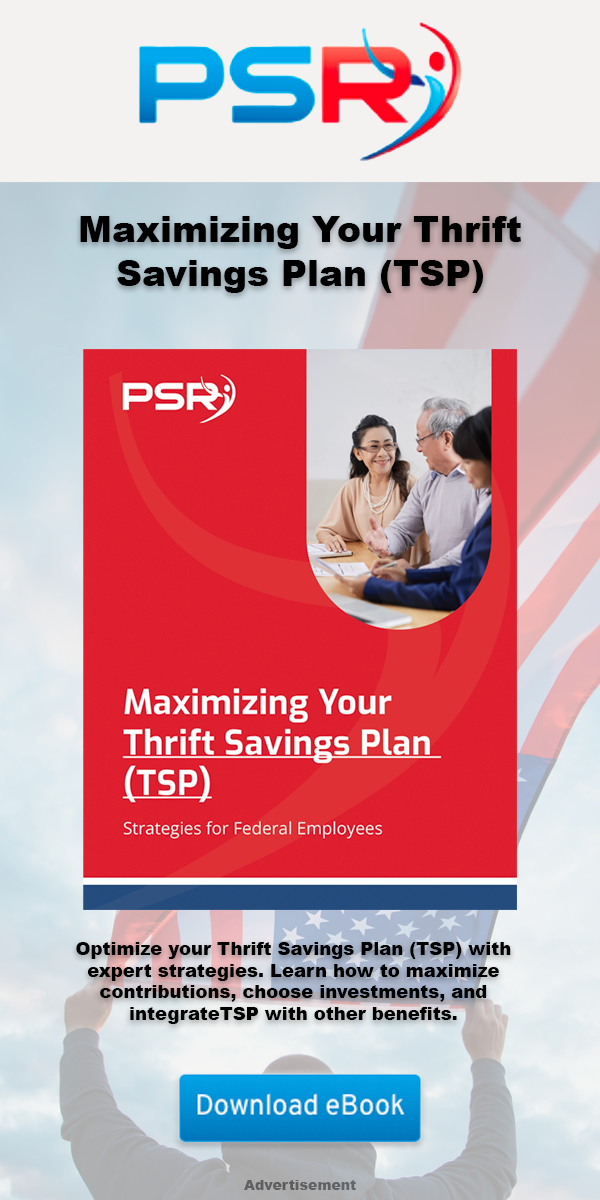Key Takeaways
-
The PSHB program’s rollout in 2025 has prompted many postal workers to reevaluate their retirement plans and benefits, ensuring they align with their future needs.
-
Understanding changes in healthcare, coordination with Medicare, and financial planning is key to optimizing your retirement under the new system.
A New Chapter for Postal Workers in 2025
The Postal Service Health Benefits (PSHB)
- Also Read: Federal Retirement Advice You Didn’t Know You Needed—Until Now
- Also Read: The Latest Federal Employee News You Need to Know to Protect Your Retirement
- Also Read: Ready for Retirement? Here’s How Law Enforcement Officers Can Leave the Job with Benefits Intact
What Is the PSHB Program?
The PSHB program is a tailor-made healthcare system exclusively for postal workers. Starting January 1, 2025, it replaces the Federal Employees Health Benefits (FEHB) program for current employees and annuitants of the Postal Service. While the government continues to contribute significantly to premiums, the new program integrates more closely with Medicare, especially for retirees.
If you’re already covered by a family member’s FEHB plan, that coverage remains intact. However, for others, PSHB introduces new choices and requirements that may influence your retirement plans.
Why You Should Review Your Retirement Plan
1. Healthcare Integration with Medicare
If you’re Medicare-eligible, the PSHB program requires you to enroll in Medicare Part B to maintain coverage unless you fall into certain exemption categories. This integration ensures comprehensive healthcare but may also affect your monthly expenses and overall budgeting.
-
Evaluate Costs: The standard Medicare Part B premium is $185 in 2025, and this cost will need to be factored into your retirement budget.
-
Coordination Benefits: PSHB plans often waive deductibles and reduce out-of-pocket expenses when paired with Medicare. This can be a significant advantage but requires upfront planning.
2. Prescription Drug Coverage Enhancements
PSHB includes a Medicare Part D Employer Group Waiver Plan (EGWP) for prescription drug coverage. This provides better cost management and an annual $2,000 cap on out-of-pocket drug expenses. Adjusting your retirement savings strategy to account for this cap can help you manage predictable costs in retirement.
3. Adapting to New Premium Structures
While PSHB premiums remain stable, retirees should anticipate potential adjustments tied to age and plan choices. Comparing available plans and estimating their impact on your retirement income is crucial for long-term planning.
Rethinking Retirement Healthcare
Healthcare remains one of the largest expenses for retirees, and PSHB brings a new layer of complexity to your retirement planning.
Making Sense of Medicare Enrollment Requirements
Enrolling in Medicare Part B is mandatory for most PSHB enrollees who qualify. This requirement applies unless you retired on or before January 1, 2025, or meet specific age-related exemptions. Missing the enrollment window can result in late penalties and loss of coverage, so staying proactive is essential.
Comparing Plan Options
PSHB offers various plans with differing levels of coverage, costs, and supplemental benefits such as vision, dental, and hearing. Reviewing your options during open enrollment ensures you’re making the best decision for your needs.
-
Tip: Focus on plans that align with your anticipated healthcare needs, particularly if you have chronic conditions or expect higher medical costs.
Coordinating Dual Coverage
If you’re covered by both PSHB and Medicare, you’ll benefit from lower out-of-pocket expenses. PSHB plans often complement Medicare coverage, meaning fewer surprises in your medical bills. Understanding how your plans work together prevents gaps in coverage and optimizes your benefits.
Financial Planning for Retirees
PSHB’s introduction reshapes the financial landscape for postal retirees. Here’s what you need to know to stay ahead:
Factoring in Medicare Part B Costs
Medicare Part B premiums may seem like an added expense, but they’re often balanced by lower out-of-pocket costs for medical services. Planning for this premium ensures it doesn’t disrupt your retirement budget.
Maximize Your Federal Retirement Benefits
Postal workers under the Federal Employees Retirement System (FERS) can leverage their pensions, Thrift Savings Plan (TSP), and Social Security benefits to secure a stable retirement income. Here’s how PSHB fits into this framework:
-
TSP Contributions: The 2025 TSP limit is $23,500, with a catch-up contribution of $7,500 for workers aged 50 and older. Maximizing these contributions allows for a larger retirement cushion.
-
Health Savings Accounts (HSAs): If you’re enrolled in a high-deductible plan, HSAs remain a tax-advantaged way to save for healthcare expenses.
Budgeting for the Long Haul
With life expectancy increasing, retirees should consider the impact of inflation and healthcare cost trends on their finances. Revisiting your budget and adjusting for new premiums, deductibles, and out-of-pocket caps will ensure you’re prepared for the long term.
Open Enrollment and Qualifying Life Events
Key Dates to Remember
Open enrollment remains a critical period for evaluating and updating your healthcare choices. In 2025, it runs from October 15 to December 7, giving you the opportunity to switch plans, add coverage, or address any changes in your needs.
Qualifying Life Events (QLEs)
Outside of open enrollment, certain events allow you to make changes to your PSHB coverage. These include marriage, divorce, adding dependents, or losing other health coverage. Understanding these triggers ensures you’re always covered.
How PSHB Impacts Active Employees
For those still working, the transition to PSHB may feel less immediate, but it’s still worth reviewing your benefits.
-
Future Medicare Coordination: If you’re nearing retirement, plan for Medicare Part B enrollment and how it will affect your overall retirement package.
-
TSP Adjustments: Take advantage of increased contribution limits to bolster your retirement savings.
-
Review Benefits Annually: Ensure your current PSHB plan aligns with your family’s healthcare needs and long-term goals.
Looking Beyond Healthcare: Other Retirement Considerations
Pension Planning
The High-3 average salary remains the foundation for calculating your FERS or CSRS pension. Reviewing your projected pension benefits helps ensure they meet your retirement lifestyle goals.
Social Security Integration
FERS retirees are eligible for Social Security benefits starting at age 62. Coordinating these benefits with your pension and PSHB plan creates a balanced income strategy.
Long-Term Care Insurance
As healthcare evolves, long-term care insurance becomes an important consideration. PSHB doesn’t cover extended nursing home care, so supplemental coverage may be worth exploring.
Staying Informed: Annual Notice of Change (ANOC)
Every year, you’ll receive an Annual Notice of Change (ANOC) that outlines adjustments to your PSHB plan, including premiums, benefits, and coverage changes. Carefully reviewing this document ensures you’re aware of any modifications that could affect your retirement strategy.
The Road Ahead for Postal Retirees
The introduction of PSHB in 2025 marks a significant milestone for postal workers. While it may seem daunting at first, understanding the program’s nuances and aligning it with your broader retirement plan ensures you’re prepared for this new era of benefits.












